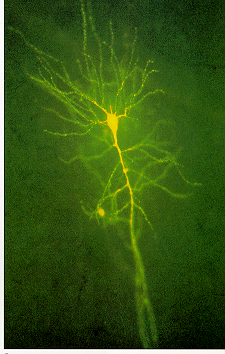Difference between revisions of "Artificial Neural Networks"
| Line 46: | Line 46: | ||
4. http://www.dacs.dtic.mil/techs/neural/neural_ToC.html | 4. http://www.dacs.dtic.mil/techs/neural/neural_ToC.html | ||
5. http://www.ieee-nns.org/ | |||
Revision as of 23:08, 30 November 2004
Description:
Artificial Neural Networks (ANNs) are information processing models that are inspired by the way biological nervous systems, such as the brain, process information. The models are composed of a large number of highly interconnected processing elements (neurones) working together to solve specific problems. ANNs, like people, learn by example. Contrary to conventional computers -that can only solve problems if the set of instructions or algorithms are known- ANNs are very flexible, powerfull and trainable. Conventional computers and neural networks are complementary: a large number of tasks require the combination of a learning approach and a set of instructions. Mostly, the conventional computer is used to supervise the neural network.
For more information: http://en.wikipedia.org/wiki/Neural_network
Enablers:
1. Research & Development: Mathimaticians, Psychologists, Neurosurgeons,...
2. Applications using artificial neural networks (e.g. from NeuroDimension)
3. Funding from international institutes such as IST
Inhibitors:
Paradigms:
Experts:
Timing:
1933: the psychologist Edward Thorndike suggests that human learning consists in the strengthening of some (then unknown) property of neurons.
1943: the first artificial neuron was produced by the neurophysiologist Warren McCulloch and the logician Walter Pits.
1949: psychologist Donald Hebb suggests that a strengthening of the connections between neurons in the brain accounts for learning.
1954: the first computer simulations of small neural networks at MIT (Belmont Farley and Wesley Clark).
1958: Rosenblatt designed and developed the Perceptron, the first neuron with three layers.
1969: Minsky and Papert generalised the limitations of single layer Perceptrons to multilayered systems (e.g. the XOR function is not possible with a 2-layer Perceptron)
1986: David Rumelhart & James McClelland train a network of 920 artificial neurons to form the past tenses of English verbs (University of California at San Diego).
Web Resources:
1. http://www.doc.ic.ac.uk/~nd/surprise_96/journal/vol4/cs11/report.html
